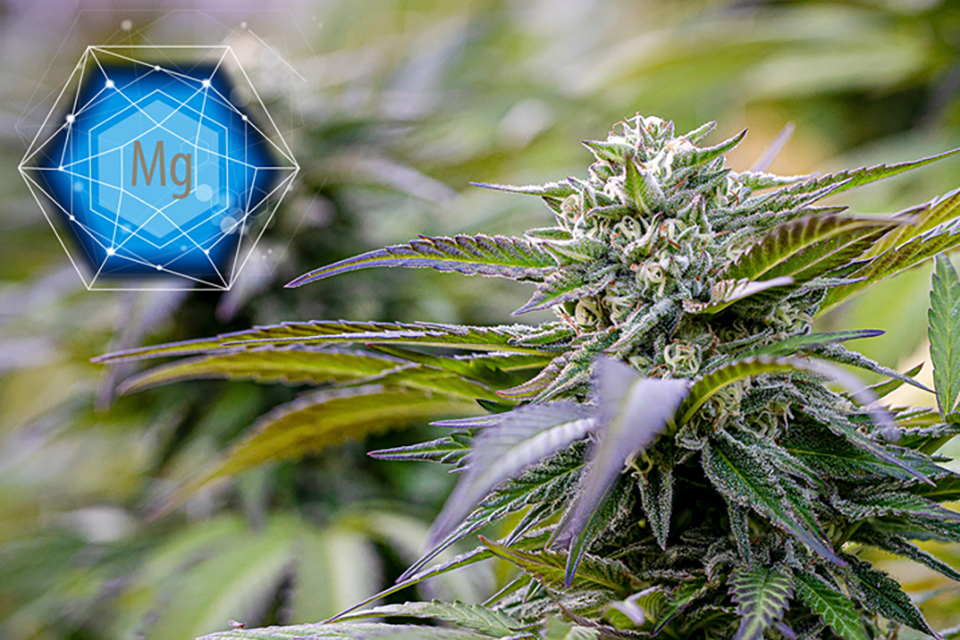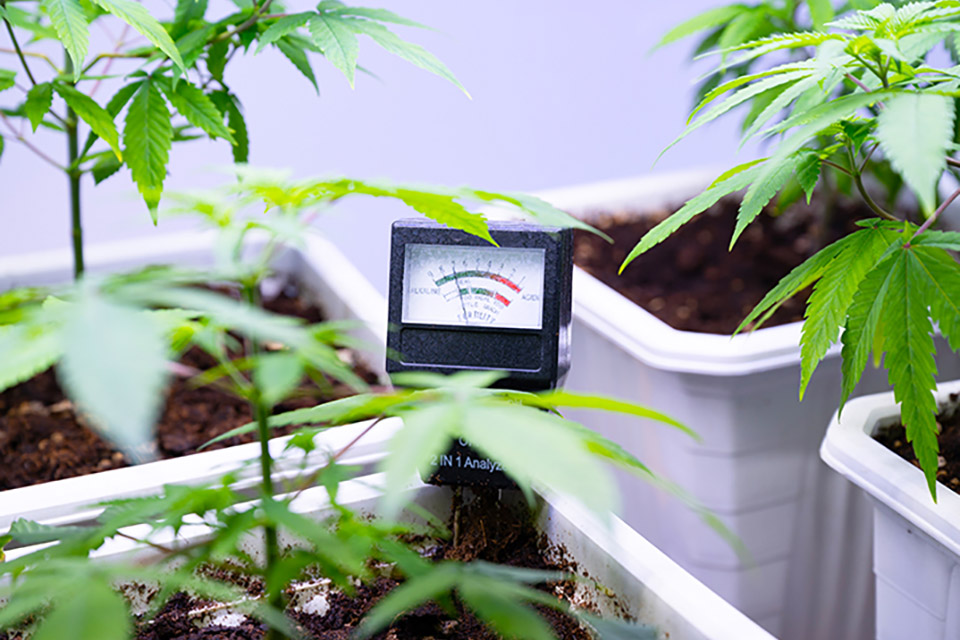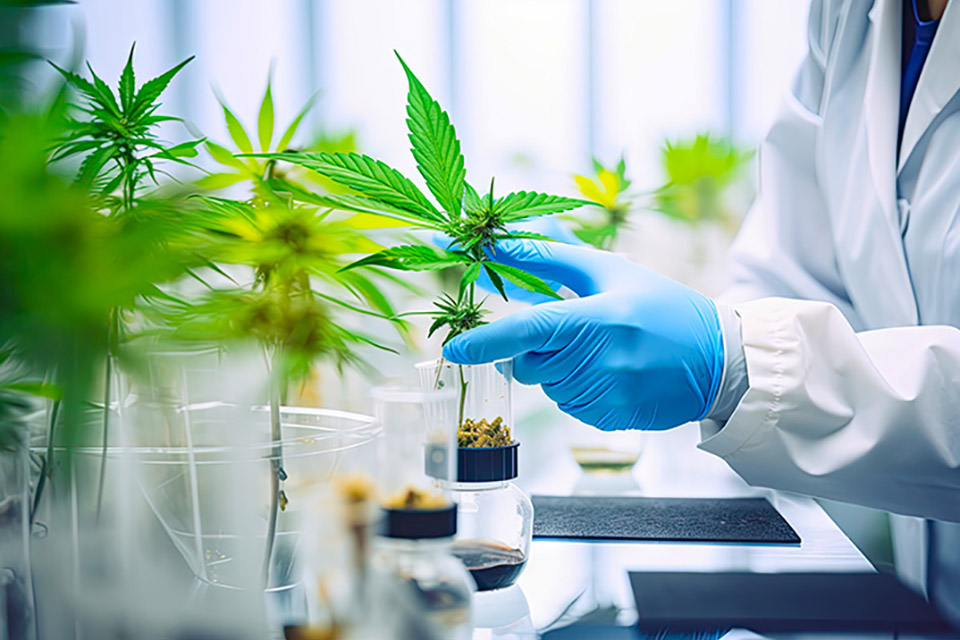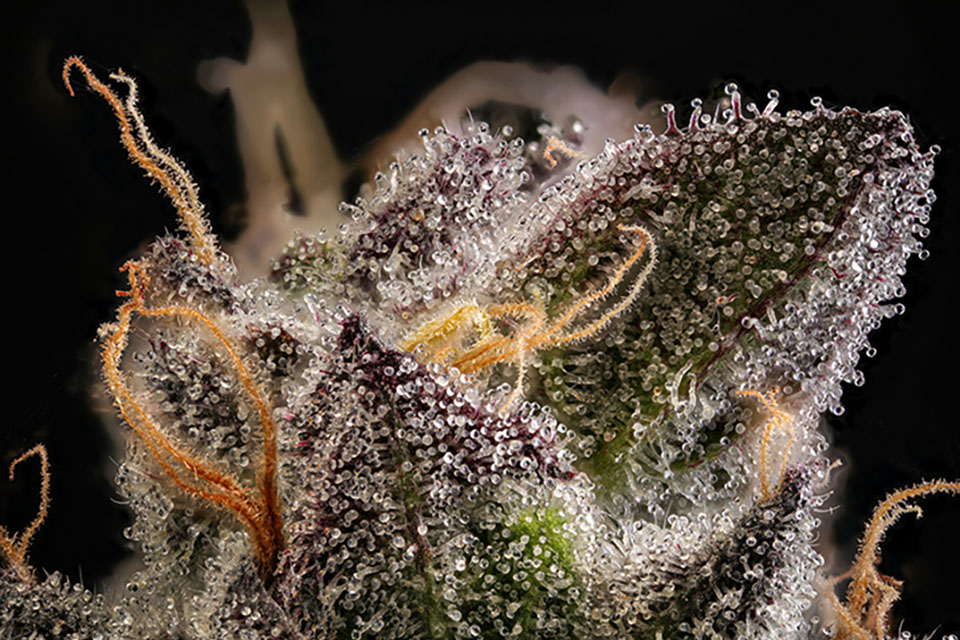
Magnesium is an important nutrient for the growth and development of cannabis plants, yet many home growers may not fully understand what it does. There’s a lot to learn about magnesium and its effects on cannabis plants, especially when it comes to what can happen if your plants are magnesium deficient. Let Kind Seed Co. instruct you on proper magnesium level management to help you grow the healthiest and most bountiful cannabis you possibly can.
What Does Magnesium Do for Cannabis Plants?
Magnesium’s role in a cannabis plant’s growth and development is multifaceted. Primarily, it is an essential component in chlorophyll, a pigment that enables the process of photosynthesis. Photosynthesis is the plant’s process of converting light into energy; sufficient magnesium is necessary to occur effectively.
Beyond that, magnesium also aids in activating many plant enzymes needed for growth. It is an essential transporter of other nutrients such as iron, aiding in their efficient absorption. Another function is synthesizing plant DNA and RNA, which are crucial in the plant’s cell division and growth. It also affects the plant’s physical structure, enabling it to stand upright and better absorb sunlight.
Additionally, magnesium plays a role in the production of essential oils and flavonoids in cannabis plants, which contribute to the aromatic and therapeutic properties of the plant.
Magnesium Deficiency in Cannabis Plants
The symptoms of magnesium deficiency may not be immediately apparent, but as the condition worsens, its effects become increasingly visible. Initially, the lower leaves of the cannabis plant may display yellowing between the leaf veins, which otherwise retain their green color. Because magnesium is a mobile nutrient, the plant can shift reserves from older leaves to support newer growth.
As the deficiency progresses, the yellowing extends from the edges of the leaves towards the center, giving the leaves a marbled appearance. In severe cases, necrosis may appear on the leaves which can curl and drop prematurely. Purple or red hues can be seen on stems and petioles due to diminished chlorophyll production in late flowering stages.
Impact on Cannabis Plant Health and Yield
Magnesium deficiency can lead to stunted growth of cannabis plants, as this nutrient plays a crucial role in photosynthesis. The plant’s energy production is hindered without adequate magnesium, resulting in slower growth and underdevelopment.
Furthermore, magnesium deficiency can compromise the overall health of the cannabis plant. The plant’s immune systems weaken, making it more susceptible to disease and pests. These effects on plant health translate into lower yields, lower potency, and compromised quality of your cannabis crop.
Addressing Magnesium Deficiency
If your cannabis plants show signs of magnesium deficiency, there’s no need to panic. You have plenty of options available to bring your cannabis back from the brink, especially if you start early. Try some of these strategies to address magnesium deficiency:
Soil Amendments and Fertilizers Rich in Magnesium
There are a variety of soil amendments and fertilizers available that can replenish your plants’ magnesium. Epsom salts, for instance, are a reliable and inexpensive source. Dolomite lime can also be added to your soil mix, as it naturally contains magnesium and helps adjust soil pH.
Remember that the goal is to balance your nutrient blend. Overuse of certain nutrients like calcium or potassium can interfere with magnesium uptake, so be sure to check the composition of your fertilizer mix before tossing it on your plants.
Foliar Sprays and Nutrient Uptake
In severe cases of magnesium deficiency, foliar sprays can provide quick relief. Spraying magnesium solution directly onto the leaves allows the plant to absorb the nutrients. This should only be a temporary solution and complemented by adjustments to your soil or nutrient solution to ensure long-term health.
Optimizing Magnesium Levels for Cannabis Plants
Even if you can respond to magnesium deficiency, preventing it in the future will require some extra care. Optimizing your soil magnesium levels is the key to avoiding these issues, so pay attention to the conditions where your cannabis grows to determine what you need to do.
Monitoring and Adjusting Nutrient Solutions
Keeping an eye on your nutrient solution is critical to preventing magnesium deficiency. Regular testing helps ensure that your plants are getting the right nutrient balance. If the magnesium levels are low, you can adjust your nutrient solution or add a magnesium supplement.
Best Practices for Magnesium Supplementation
Alongside regular testing and observation, proper watering techniques can help prevent nutrient imbalances. Over-watering can wash out essential nutrients, including magnesium. On the other hand, under-watering can lead to nutrient lockout. Striking a balance in your watering habits will help your plants maintain optimal nutrient levels.
Keep Your Cannabis in Good Shape With Proper Magnesium Management
Magnesium is a key nutrient for cannabis cultivation. It plays irreplaceable roles in processes like photosynthesis and energy production, making it fundamental to the overall health and yield of your cannabis plants.
Keeping an eye on nutrient levels, looking for signs of deficiencies, and knowing how to address these issues are all important skills for home cannabis growers. With this knowledge, you can ensure your plants are healthy and high-yielding from here on out.



